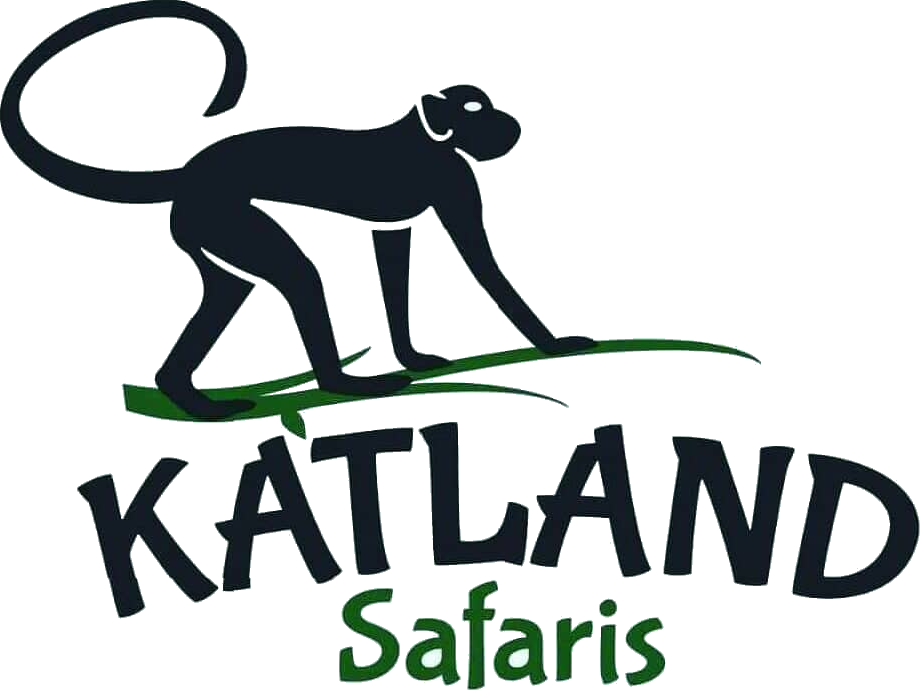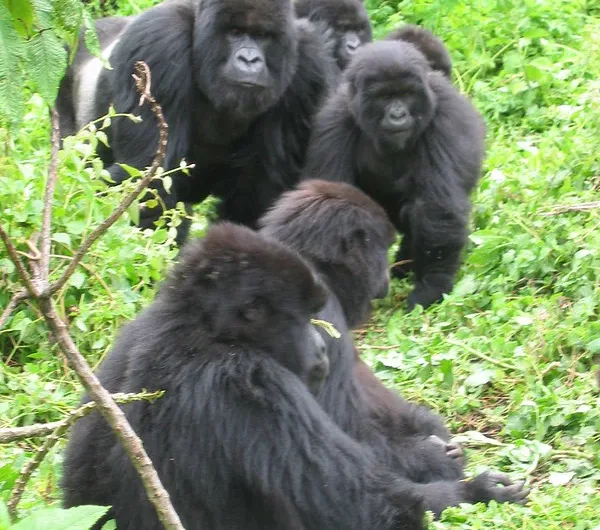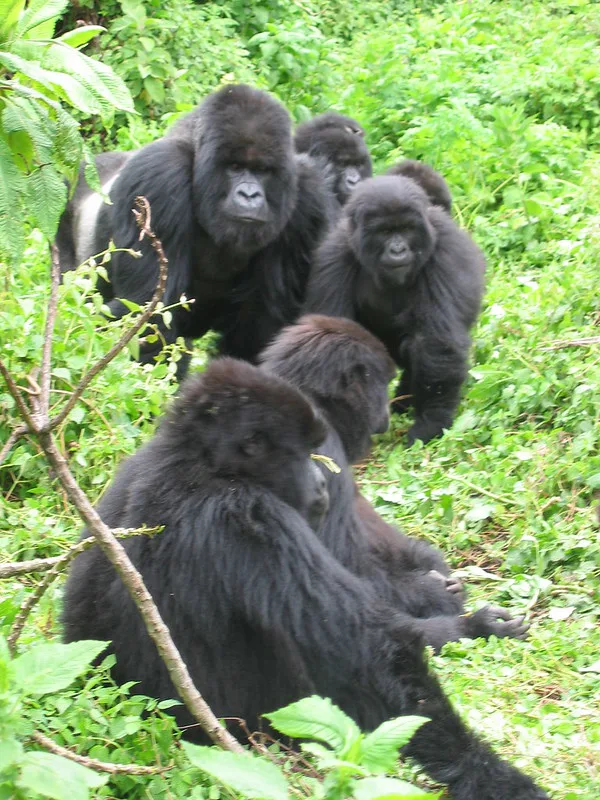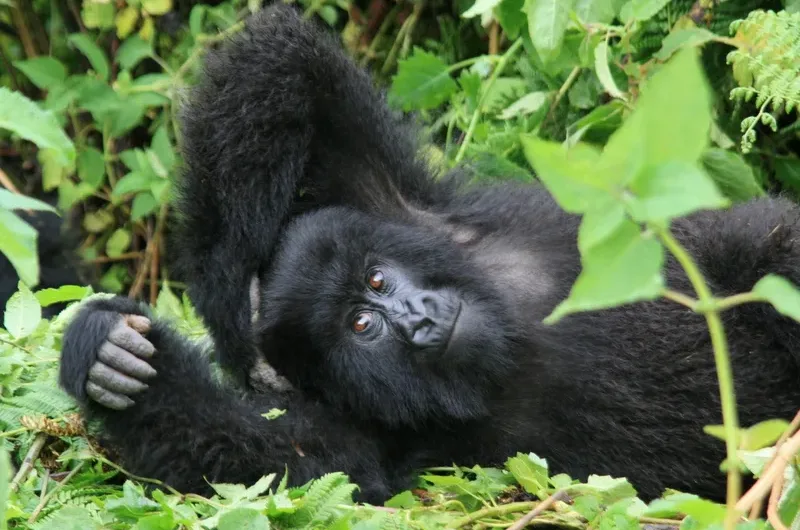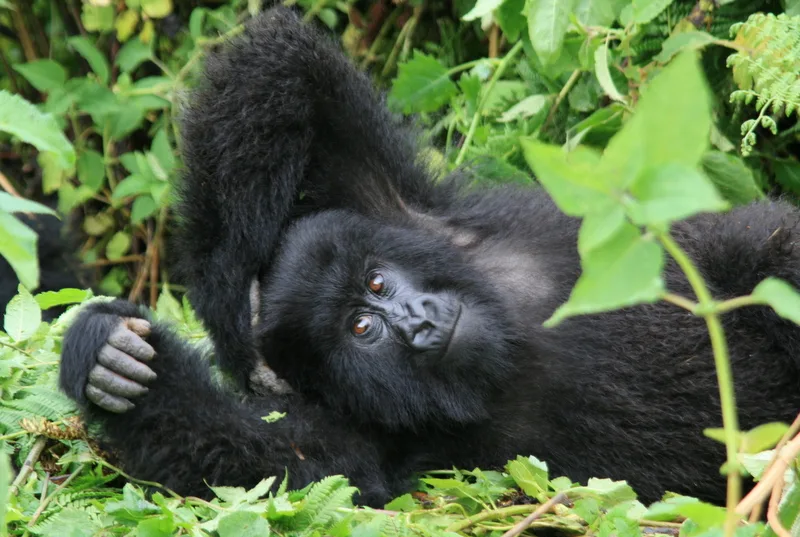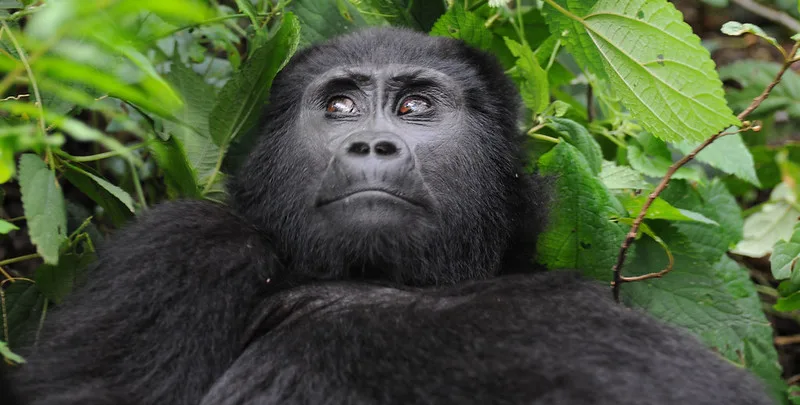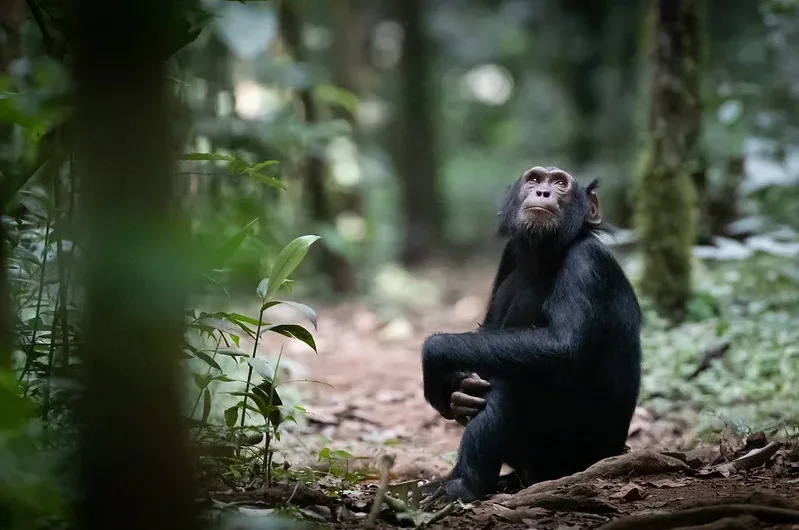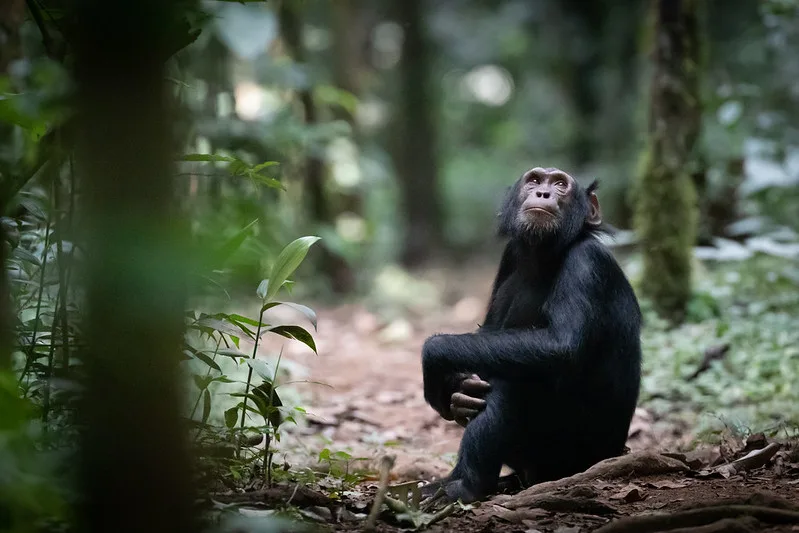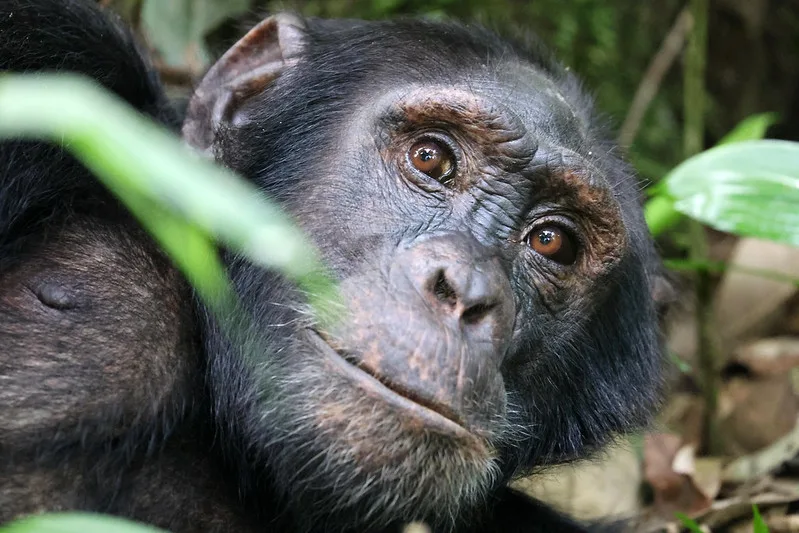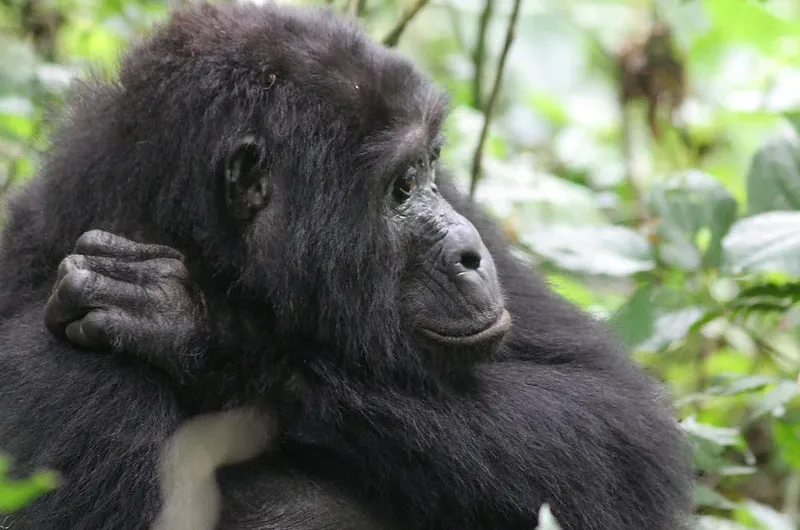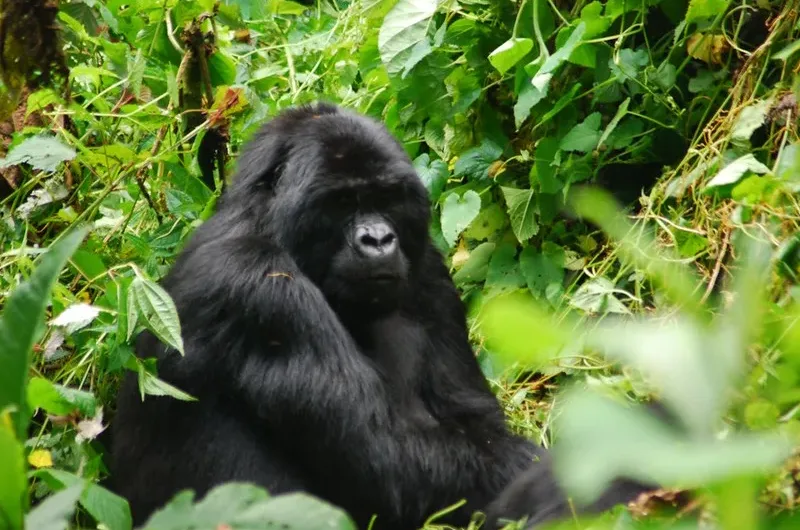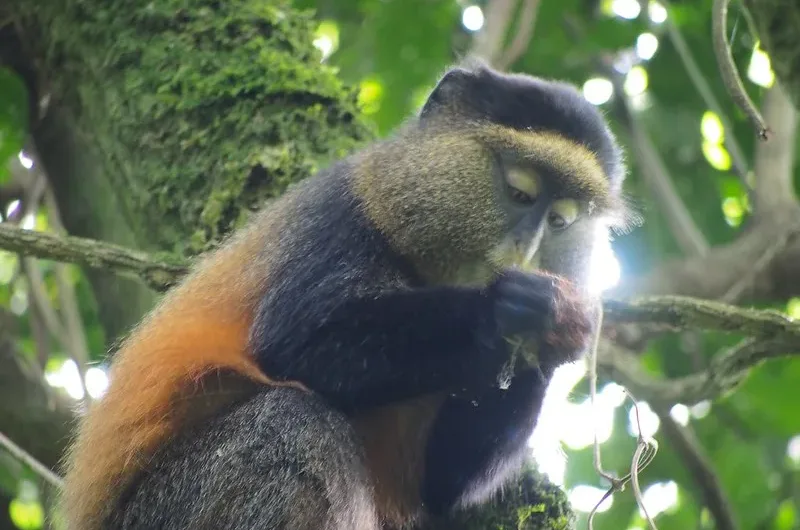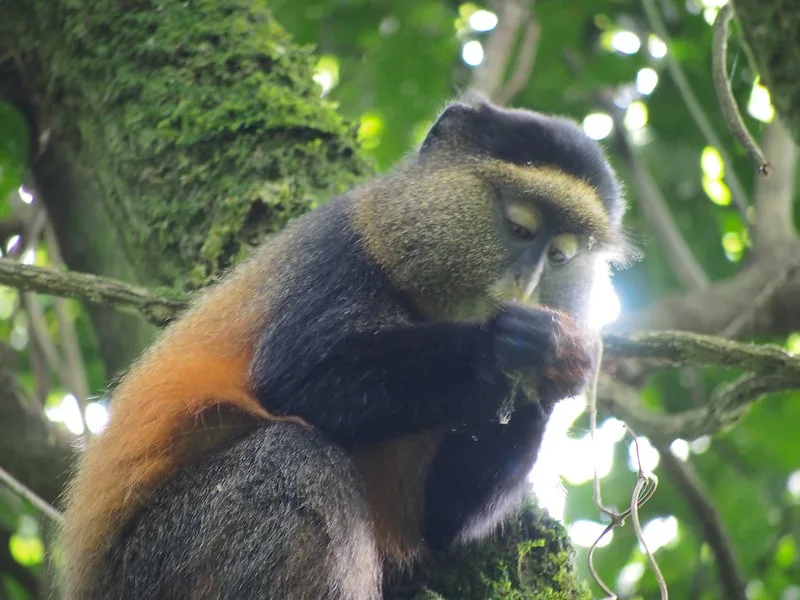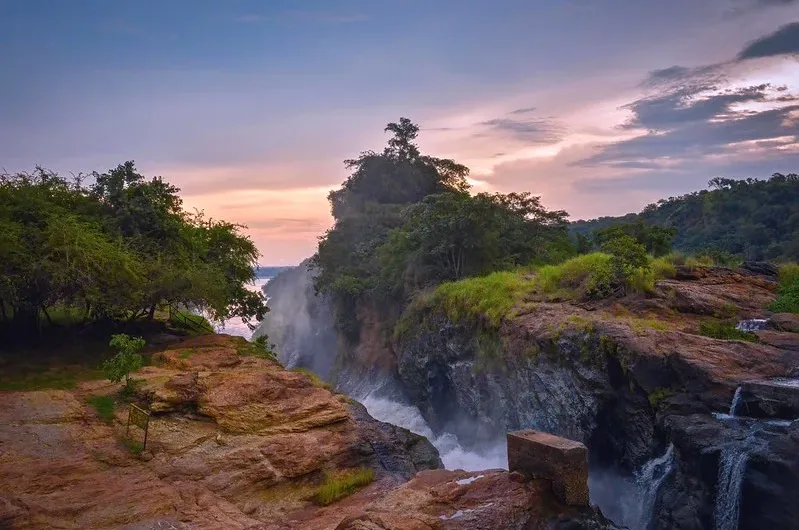Enforcing gorilla trekking minimum age in Uganda and Rwanda.
These days, enforcing the gorillatrekking minimum age in Uganda and Rwanda is much valued. Minimum age for gorilla treks is fifteen years and above. Age limit cuts across D.R. Congo and Uganda, Rwanda.
Gorilla trekking is conducted at Mgahinga National Park and Bwindi Impenetrable National Park, both volcanic regions of Uganda. Gorilla trekking takes place at Volcanoes National Park for Rwanda.
Although your age is rather important in obtaining a gorilla trekking permit for numerous reasons, you must book one as the entrance ticket to join the trip.
For Uganda, you have to know where your gorilla trekking permit is reserved, particularly for Bwindi Impenetrable National Park. Because of their great scale, all gorilla permits for this park are allocated based on area.
Four sections of the park were segregated for faster observation of the gorilla trekking operations. There are Buhoma gorilla trekking areas in Bwindi Impenetrable National Park, Rushaga Gorilla Trekking Area, Nkuringo Gorilla Trekking Area and Ruhijah Gorilla Trekking Area. Every one of these unique locations includes gorilla families to whom a daily limit of eight guests are permitted to visit.
Though the mountain gorillas live among humans, several rules should be observed to make the most of one’s one hour with them. Young children less than fifteen years old may find it difficult to follow all these guidelines.
Why Underline Age During Gorilla Trekking in Uganda and Rwanda
Terrifying First View of the Mountain Gorillas
If you let your instincts run wild, the initial look of the mountain gorillas may set off some adrenaline, which would not be ideal. Children under this age may not be in control of their reflex behaviors even if they attend briefings.
Mountain gorillas are very alert for outsiders in their area; if you display any suspicious behavior, the dominant silverback may order the entire family to hide.
Not Knowing When to Search for the Mountain Gorillas
Depending on the state of the forest, locating the mountain gorillas might take two hours to three quarters of the day. The mountain gorillas never stop looking for vegetation to sustain their pure physique during the day and night.
The ranger guide travels the path the mountain gorillas were sighted on yesterday while beginning the gorilla hike. On the other hand, depending on the location of their food or in case they battle with another family and loose, they may go further than where they are supposed to be.
Success in finding the mountain gorillas depends on some degree of patience.
Young children under fifteen years old could not be in a position to wait patiently when strolling in the forest.
The landscape of the Gorilla Trekking Area
Given the volcanic nature of the Virunga region, one can anticipate negotiating some mountains in order to reach the gorillas. Rwanda has a thousand hills; hence, even Volcanoes National Park consists of five volcanoes. These include Mountain Gahinga, Mountain Bisoke, Mountain Muhabura, Mountain Karisimbi, and Mountain Sabyinyo.
Sometimes you have to climb to find the mountain gorillas who rest or eat on the slopes. This is one of the reasons one needs some degree of fitness before embarking on gorilla trekking. Even the safari boots you use for gorilla trekking have to be positioned to help you throughout your trip.
Children under the age of fifteen might not be fit enough to climb mountains for your duration in the forest.
You are advised to keep your voices quiet when gorilla trekking, as mountain gorillas are afraid of strange sounds in their habitat.
Given their immature nature, the youngsters below this age may not be able to be quiet to complete the trip. Control over them is also difficult.
Unfamiliar loudness may also frighten other primates, such the black and white colobus, olive baboons, grey-chipped mangabeys, blue monkeys and various birds.
Exuberant mountain gorillas
Sometimes the mountain gorillas will stroll over to touch or feel their guests. A youngster under the age of fifteen may not find this appealing. Pulling a way forcibly is very likely.
The remainder of the mountain gorilla families may not find this appealing.
Originally calm animals, mountain gorillas get disturbed when they see hostile actions from their guests. Usually, they pound their chests, gather grass about them, walk on one leg and hoot to indicate their wrath.
Hard to Maintain Eight Meters From the Mountains Gorillas
When they see mountain gorillas, visitors are urged to stay about eight meters away from them. Following these guidelines is somewhat difficult in case the toddler considers the gorillas cute.
Young children under the age of fifteen may want to reach out and touch such beautiful apes as they find it difficult to avoid.
Transferring a communicative infection to the mountain gorillas
Mountain gorillas are very vulnerable to human diseases; hence, youngsters under the age of fifteen might have the virus and avoid public speaking out. Later on, this might be given to the mountain gorillas, who might not find fit.
From the 1980s, when Dian Fossey records show that the number was only 300 gorillas, the mountain gorilla conservation effort has evolved. According to the latest census of mountain gorillas, there are over 1000 of them worldwide.
All of this is because to the conservation effort and guidelines controlling gorilla trekking activities.
Distribution of Random Gorilla Trekking Families
Following the briefing, the current visitors are scattered haphazardly among the gorilla families found in Rwanda and Uganda. Their division is based on capacity to access the remote mountain gorillas.
A youngster under the age of fifteen may not be in a position to hike the mountain gorillas alone without an accompanying parent, merely in case he or she is assigned another household.
The youngster needs an accompanying parent or guardian for the trip to guarantee they have a trustworthy support team to guide them through this journey.
What Can a Child Under 15 Years Do in the gorilla Trekking Areas in Uganda and Rwanda Community Visits?
Visit the neighborhood with a young kid under the age of fifteen either before or after gorilla treking to observe local behavior
A local guide leads the Buhoma community walk to the usual farmhouse, traditional healer, banana brewer, and may even accompany a scheduled traditional dancing ensemble. The money raised supports community-driven initiatives like road repair, medical facilities, schools, and others.
Along with so much more, the Nkuringo community walk with the youngsters below 15 years allows you to see traditional healers, rural farmhouses, blacksmiths, and local beer brewer.
When on gorilla trekking in Mgahinga National park, Batwa path and Garama cave visit at the foot of Mountain Muhavura might be a choice activity. After invading the Bafumbira, Batwa used the 342-meter Garama cave as a refuge. You could go to a local music venue here, but this calls some previous planning. The secrets of the jungle life the Batwa pygmies know are yours to discover.
Nature Trail in Children under the age of fifteen have opportunity to see other primates in the Rwanda and Uganda during nature hikes in Volcanoes National Park or Bwindi Forest. You must arrange this with the ranger guide from Uganda Wildlife Authority. The nature of other forest users that might endanger you means that nobody is permitted to enter the forest without an accompanied ranger guide.
Among the monkeys you may find are blue monkeys, olive baboons, grey-chipped mangabeys, vervet monkeys, red-tailed monkeys, L’Hoests, Pottos and others.
Living in the Virunga region helps many birds, including some Albertine endemics like Shelley’s Crimmsonwing, find solace. This section has breathtaking views of the forest canopy, including a glittering waterfall created by a rich river network inside the forest.
The Golden Monkey Trekking
If you would like to go golden monkey trekking with a youngster, the age restriction is 15 years and above. Golden monkey trekking calls Mgahinga National Park in Uganda and Volcanoes National Park in Rwanda home.
Do other safaris in Uganda or Rwanda?
There is no age restriction for game drives at Murchison Falls National Park, Lake Mburo National Park, Akagera National Park in Rwanda or at Uganda Queen Elizabeth National Park. Children allow you to participate in these events free from age restrictions so they may fully enjoy the Africa safari experience. You may see lions, leopards, zebras, giraffes, waterbucks, elephants, and others.
With a 15-year-old and above chimps’ trekking age restriction, this might be another way to include youngsters. In Uganda, chimpanzee trekking takes place at Kibale National Park, Kaniyo Pabidi Forest in Murchison Falls National Park, Kyambura Gorge in Queen Elizabeth National Park, and others. Trekking with chimpanzees in Rwanda occurs at Nyungwe National Park.
City trips bring you to Uganda’s and Rwanda’s business centers. You might see Bulange Mengo location for Buganda Kingdom, Kabaka’s manmade lake, Uganda Martyrs’ shrine Namugongo and others during Kampala city trip in Uganda. The Rwanda city trip offers opportunity to see the market hubs, ethnological museum, genocide monument, and so much more.
Uganda has amazing whitewater rafting. Since professors are here to guide you through the whole process, you have no experience needed. You have to paddle over the tides and tightly fasten your safety gear.
Gorilla trekking safaris in Uganda and Rwanda have pricing ranging from luxury, middle-class, and budget based on The uniform expense cutting across all safari types is the gorilla trekking permit. Whereas Rwanda gorilla trekking licenses cost $1500 per person, Uganda’s gorilla trekking permit is $800 per person.
Number of days to spend on safari, number of people traveling with safari, lodging to reserve for gorilla safari and others define the overall cost of gorilla trekking safaris.
Customizing or prepackaging a gorilla trekking safari itinerary allows you to enjoy your African trip free from retracing possibilities.
When schedule Gorilla Trekking Safaris in Rwanda or Uganda
While gorilla trekking safaris in Uganda and Rwanda are available all year, you must first get a gorilla trekking permit.
Despite great demand globally, a few gorilla permits are available daily to the public to book. Only eight Gorilla Trekking licenses are daily public accessable. In Uganda, you have to take into account that you have to know the location of the region your permit is booked for before choosing lodging.
To prevent last-minute worry, you must reserve your seat in advance even if you choose to utilize Fly-in gorilla trekking safari packages in Uganda. Usually, particularly in June to September and December to January, the booked flights to Kihihi Airstrip or Kisoro Airstrip are in great demand.
Which nation would be ideal for gorilla trekking between Uganda and Rwanda?
It is pretty difficult to decide which nation is ideal for gorilla trekking, as the experience of meeting the mountain gorillas is unparalleled. A few of the elements tourists take into account help them to differentiate between the two countries’ paths.
Cost of a gorilla trekking permit
While in Rwanda the gorilla trekking permit costs $1500 per person, in Uganda it now costs $800 per person.
Travel times to Gorilla Trekking Parks
While the road travel to Bwindi Impenetrable National Park to Entebbe Airport is around eight hours to nine hours, the time you spend arriving Volcanoes National Park in Rwanda from Kigali Airport is approximately three hours driving.
Trekking Gorillas in Uganda Through Rwanda
From Entebbe Airport or Kampala, gorilla trekking in Uganda may be done via Rwanda; the journey is around six hours as compared to the eight to nine-hour drive.
